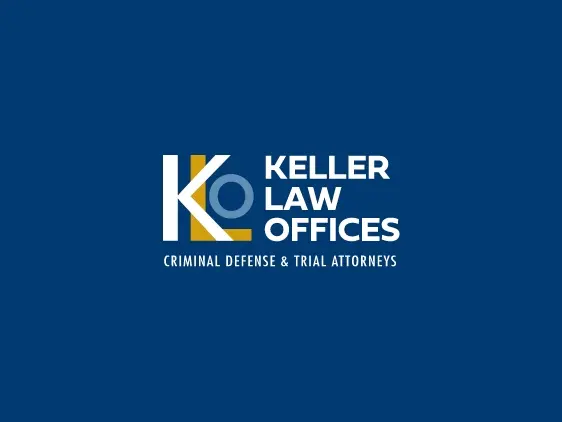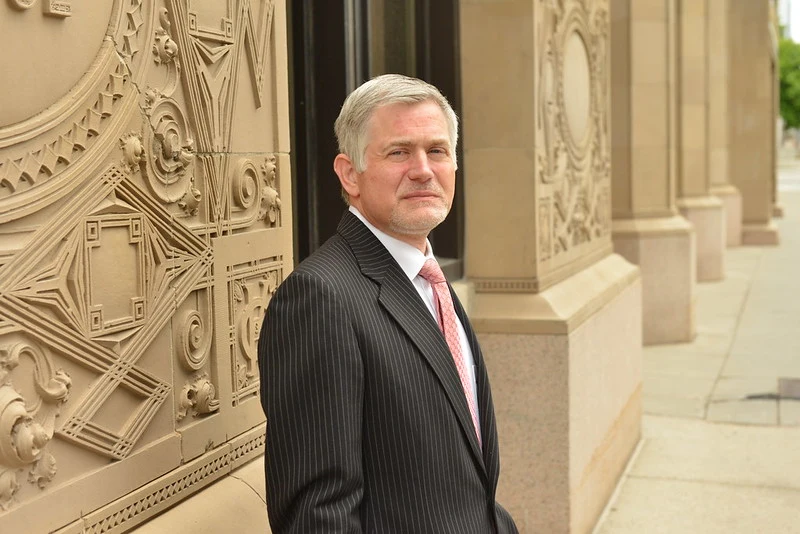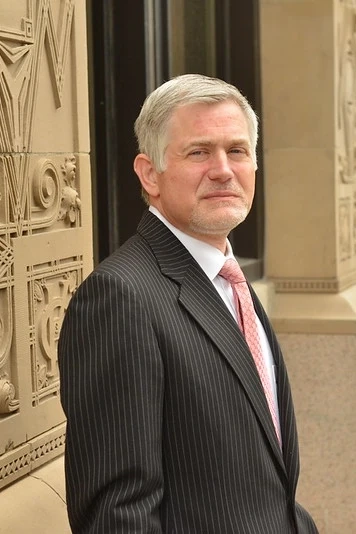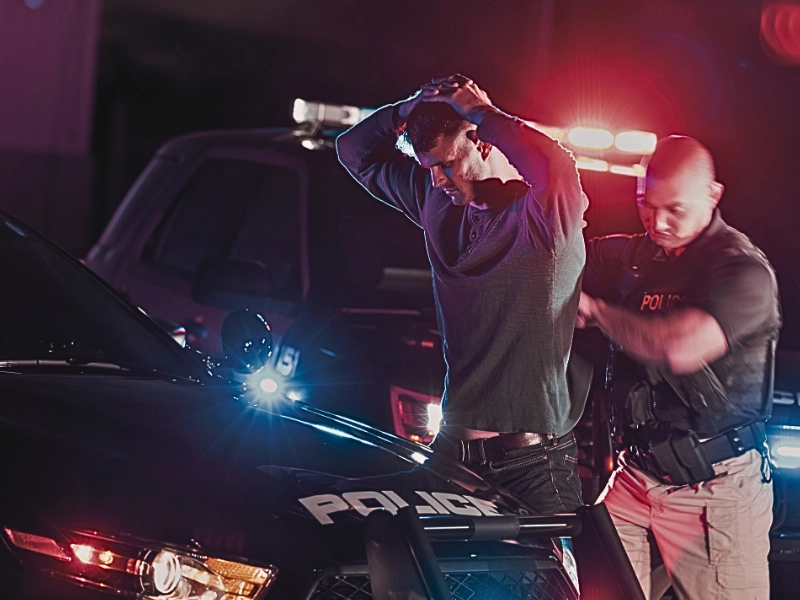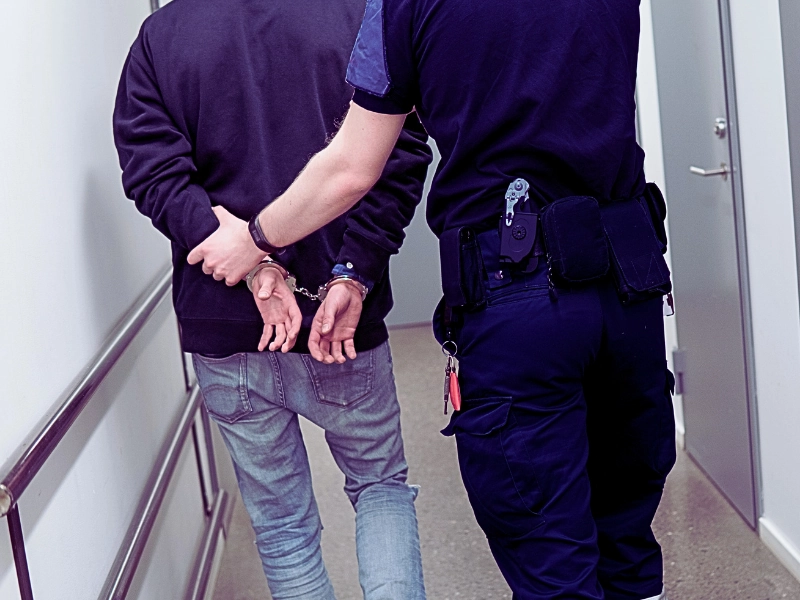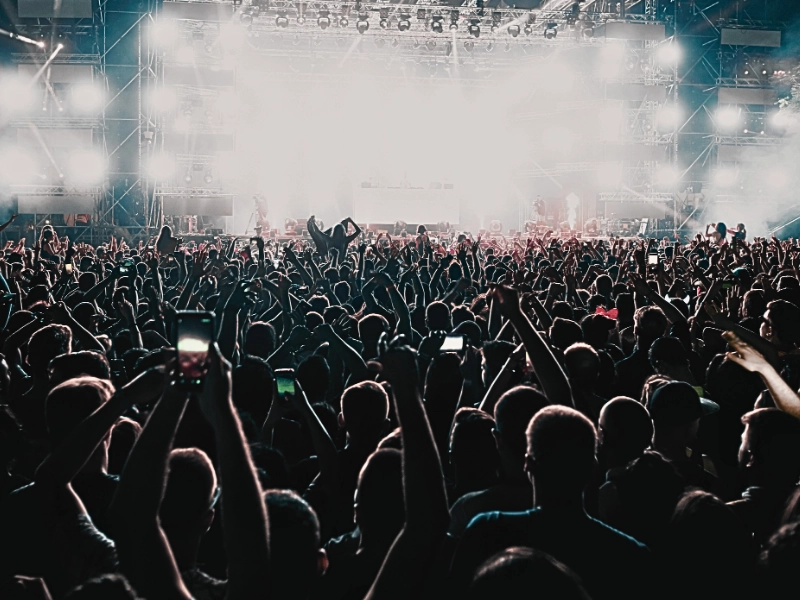Scientists are developing an artificial intelligence system to identify gang-related crimes, but there are concerns that innocent people may be mistakenly branded as gang members.
Table of Contents
Solving Gang-Related Crimes
Although artificial intelligence can help to identify gang members involved in criminal activities, there is a risk that innocent citizens may be wrongly identified. Law enforcement has been using computer algorithms in artificial intelligence for years to solve crimes. This practice, known as predictive policing, helps to identify crimes and map criminal networks within certain areas. Currently, artificial intelligence systems can identify gang-related crimes based on certain pieces of information such as the primary weapon or weapons used, the number of suspects, and the location where the crime took place. Law enforcement officials are optimistic that these systems can help to prevent gang violence and solve gang-related crimes.
In many large cities, a big percentage of violent crimes are attributed to gang members involved in gang-related activities. Studies done in Chicago and Los Angeles show that at least 50 percent of homicides appear to be gang-related crimes. In most cities, identifying gang crimes and gang members is currently handled by trained police officers in criminal gang divisions, but the process of gathering necessary information takes extensive time and effort. Since the process is slow and long, criminal gang units often focus on serious or violent crimes including homicides, robberies, and aggravated assaults which make up the highest numbers of labeled gang-related crimes.
In Minneapolis and St Paul, gang-related violence is on the rise. Gang activities often involve gun violence used in drive-by shootings for gang retaliation, armed robberies, and aggravated assaults on innocent victims. According to Jeff Rugel, the Minneapolis Police Lieutenant, there are currently between 20 and 25 gangs operating within the city. In many cases, without proper identification and evidence to support criminal charges gang members are back on the streets within 48 hours.
A new artificial intelligence system that helps to identify gang members and gang-related crimes will benefit law enforcement in all cities where gang violence is a problem. It will reduce gang activities and speed up efforts to take violent criminals off the streets. However, these systems must ensure that innocent people are not identified as gang members and arrested for crimes they did not commit.

